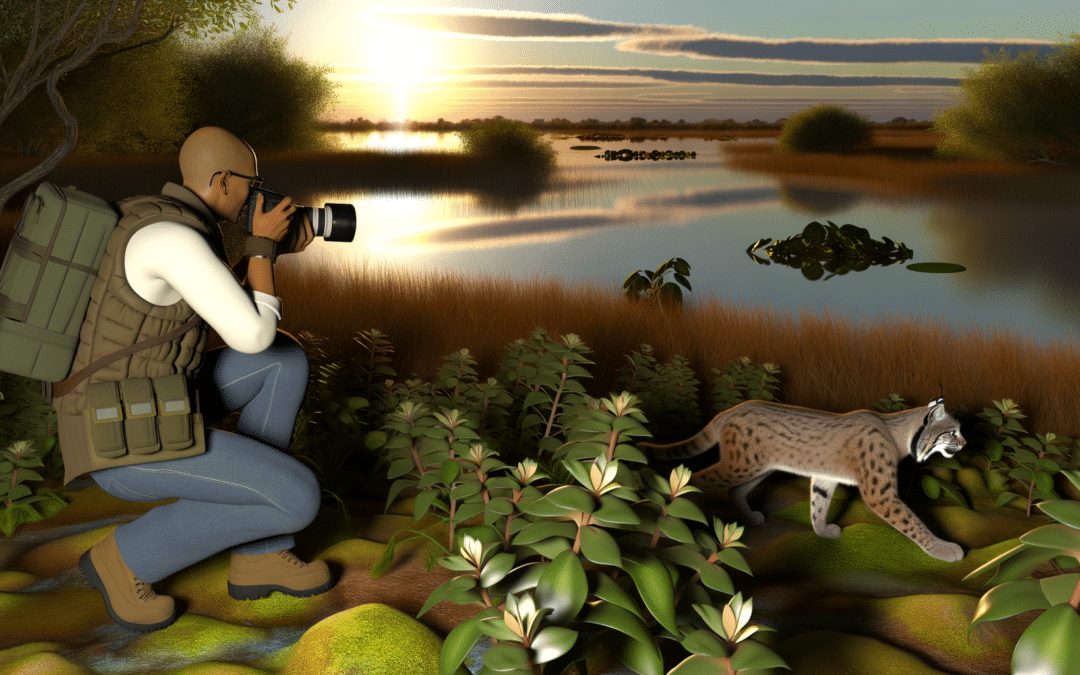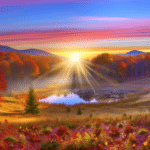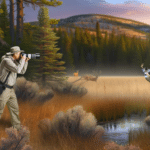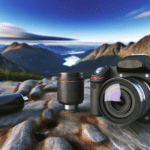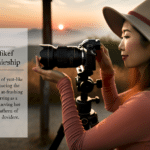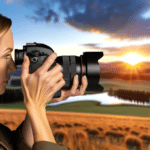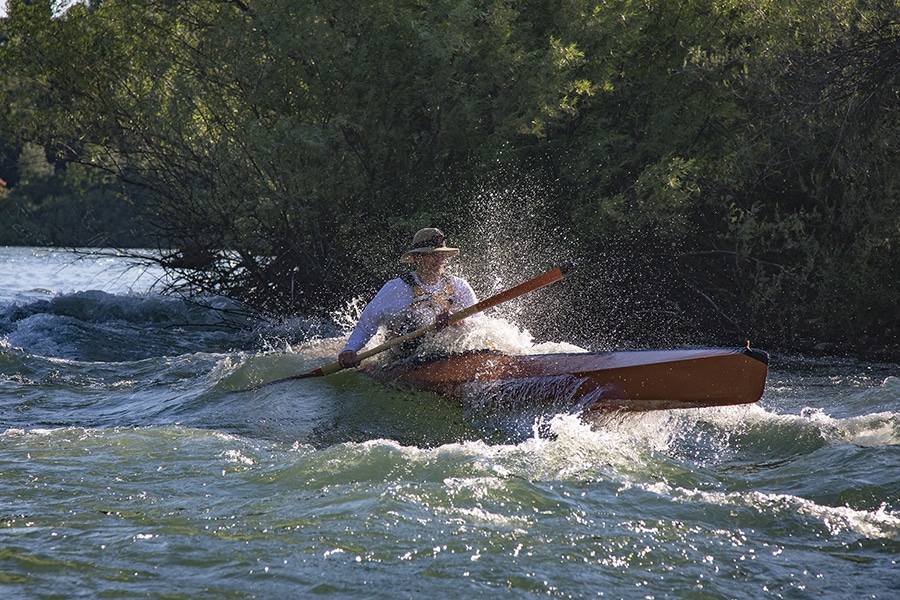Nature photography is not only an enjoyable hobby but also a means to contribute to conservation efforts. Enthusiasts like David Mauk, a Natural Resource Technician, use their skills to capture images that support conservation goals. Mauk shares that nature photography can be approached as an art form or as a realistic portrayal of wildlife.
For those starting out, Mauk suggests using whatever camera is available, as even smartphones can capture stunning images. He emphasizes picking a location and just beginning the journey without overthinking. Being unobtrusive and respectful towards wildlife is crucial, avoiding any disturbance like getting too close or using bird calls to attract animals. Mauk also advises against harming the environment.
When it comes to equipment, buying secondhand gear can be a cost-effective way to learn. Preparedness is key in nature photography, which often involves hiking; hence, carrying essentials like food, water, and the camera is important. Mauk encourages embracing spontaneity and experimenting with different techniques and perspectives.
Timing can significantly enhance the quality of photos, with early mornings and late evenings offering rich lighting conditions. Patience is necessary, as wildlife may need time to resume natural behavior after being disturbed. Exploring different locations and angles can reveal new opportunities for captivating shots. Playing with light, whether by illuminating the subject or creating silhouettes, can yield diverse results.
However, not every outing will result in a perfect photo, and that’s okay. The experience of observing nature can be rewarding in itself. Most importantly, Mauk reminds us to have fun with nature photography, as the passion for the activity is what truly matters.
Key Takeaways:
- Nature photography encourages outdoor exploration and can contribute to conservation efforts.
- Starting with secondhand gear and the camera you already have can be an effective and economical way to learn photography skills.
- Respecting wildlife and their habitat by maintaining distance and minimizing disturbance is crucial during photography excursions.
“”Pick a location and go for it,” Mauk says. It can be hard to take the first step, especially when wildlife photography is new to you. Don’t overthink it, just pick a place and go – there will always be something worth photographing. Coyote Valley Open Space Preserve, David Mauk”
More details: here
